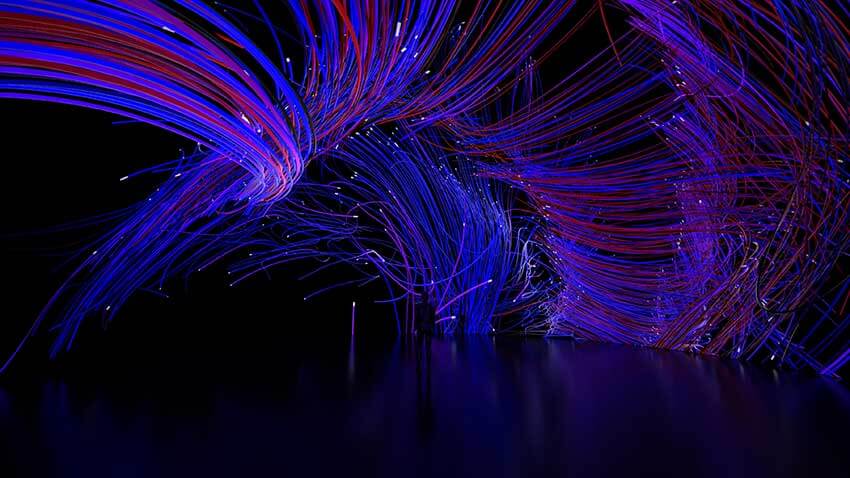Text by Amy Holt Cline

Being human is both complicated and wonderful for all the hidden and obvious reasons one can imagine. Being a creator and thinking creatively could be described the exact same way. We now know that when creating in any discipline, the brain is activated in both hemispheres.
In her article, The CreativeArtistic Brain, Dr Mariale M. Hardiman describes the work of Paul Howard Jones in his 2008 article when he states that “there is no single part of our brain responsible for our creativity. Creative thinking is a complex thought process that calls upon many different cognitive functions and involves many different regions distributed throughout the brain” (p.7).
In addition to this work, Hardiman goes on to explain that in 2007 a research team including Fink, Benedek, Grabner, Staudt, & Neubauer, discovered that when the brain thinks creatively, it demonstrates divergent thinking skills while also using working memory, sustained attention, the flexibility of ideas, fluency and originality.
Many of these functions have been seen in electrical signals that are connected through the neural network in the prefrontal cortex, the right brain, the hippocampus, the superior temporal gyrus, the density of white matter, the temporal parietal junction, the alpha synchrony and more (Dietrich, 2015). This explains that defining a person by either being a right or left brain is not only limiting and narrow-minded, but it is also neurologically incorrect.
Much of our culture is built on the practice of finding the “right answer”. Rather than developing an atmosphere of collaborative exploration that thrives on imagining, creating, redesigning and testing solutions in unique situations, humans like the clarity and simplicity of the right brain and left rain categorization of thinkers.
This article argues that thinkers across all disciplines need more opportunities to practice divergent thinking, as these methods help to generate new ideas and to arrive at and accept multiple solutions to open-ended questions. This is true if we are working artists or scientists in a lab, or we own our own company or work in dynamic teams.
In the world of teaching and learning and forward-thinking schools, there is a significant movement afoot for educators to prepare students for the new global economy, as stated by the Partnership for 21st Century Skills (www.p21.org).
Educators are urged to find ways to help students develop the ability to innovate, problem solve, collaborate and communicate across disciplines in addition to meeting the required state or national standards. This is no small task. As complicated as it might be, it is important to think about how we teach and enact change through understanding how the brain works.
Creativity, another skill itemised by P21, is a neurological phenomenon and can be intentionally cultivated at all levels. For high school students whose brains are actively forming and changing on a daily basis, I feel the urgent call to action to shape my science classroom so that students can create, question, explore, wonder and build their understanding of how the world works using a diverse and colourful toolbox of supplies and skills that engage both sides of the brain. The thinkers of the 21st Century will do well if they can better understand the way they think while cultivating new mental skills that will help them thoughtfully influence the future.






